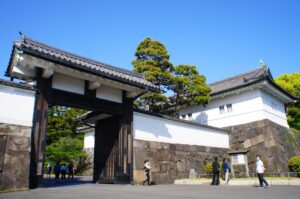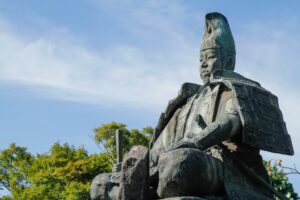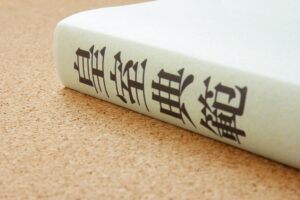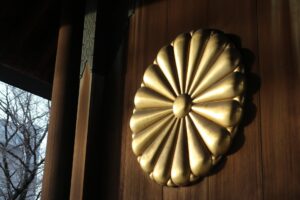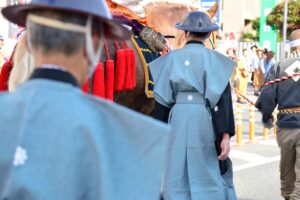The Edo period, spanning from 1603 to 1868, marks a pivotal era in Japanese history defined by peace, a strict social hierarchy, isolationist policies, and a flourishing of culture under Tokugawa rule. This guide explores the Edo period’s timeline, governance, major figures, lifestyle, and how its legacy still resonates in modern Japan.
What Was the Edo Period?
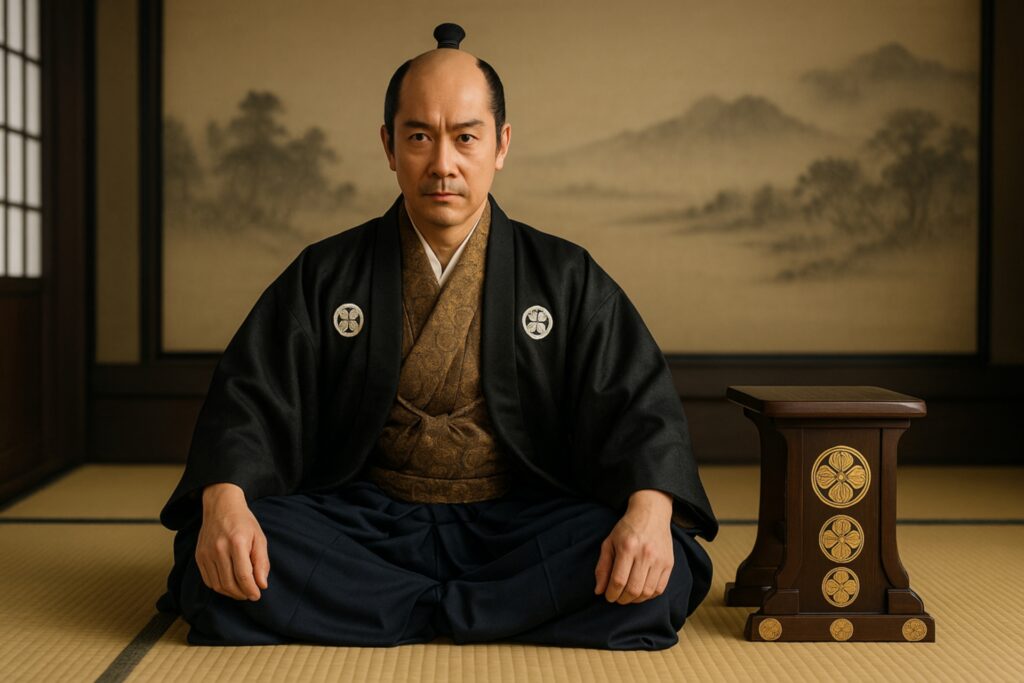
The Edo period, also known as the Tokugawa period, lasted from 1603 to 1868. This era marks a significant chapter in Japanese history, characterized by a centralized feudal system led by the Tokugawa shogunate. Tokugawa Ieyasu established this government after his victory at the Battle of Sekigahara, and he was appointed shogun by the emperor in 1603. The period is defined by its themes of internal peace, social order, economic growth, and cultural development. Japan remained politically stable during these 265 years due to a strict social hierarchy, isolationist foreign policy known as sakoku, and effective governance from Edo (modern-day Tokyo). The period concluded with the Meiji Restoration in 1868, which restored imperial rule and ushered Japan into a new era of modernization.

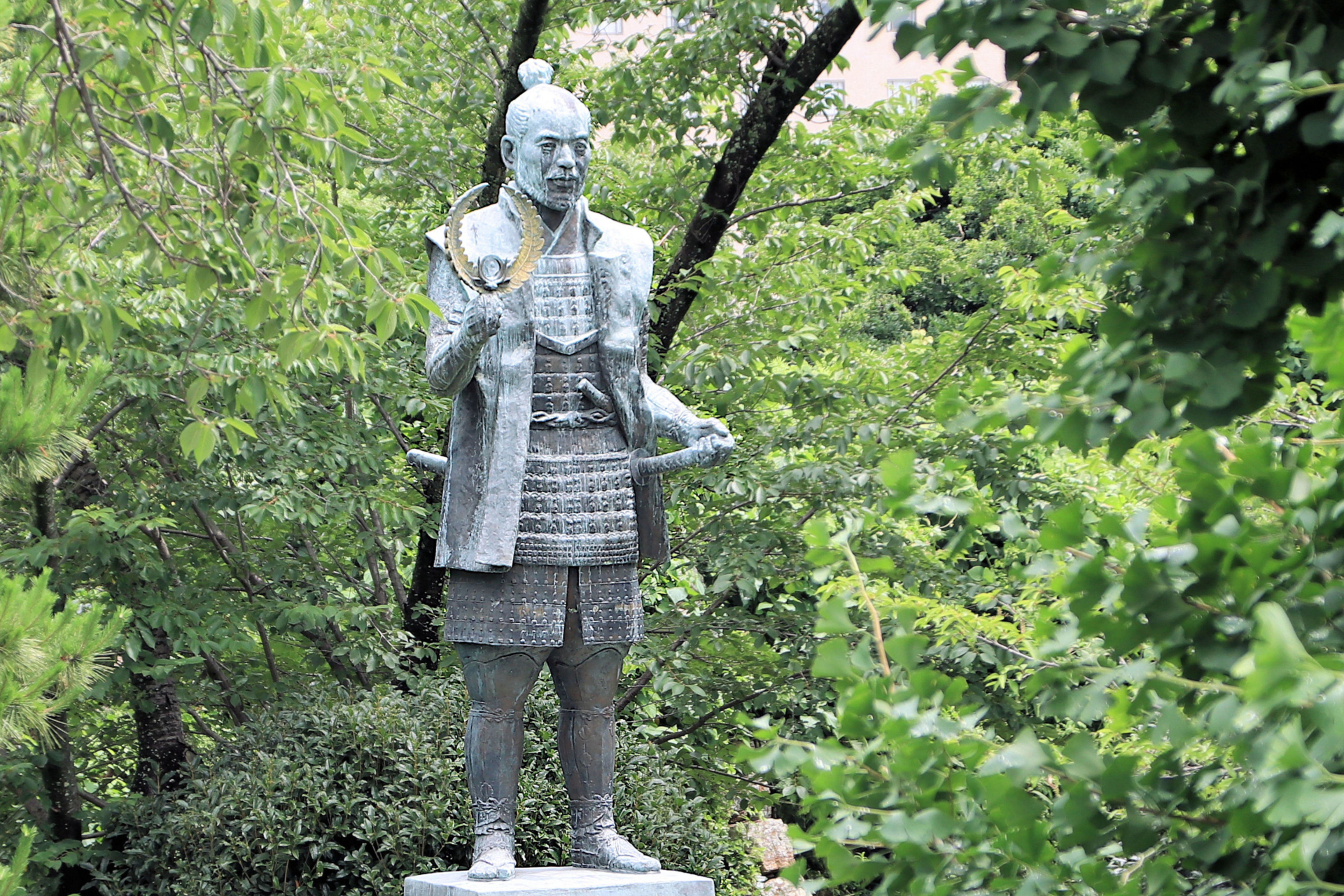
Historical Timeline of the Edo Period
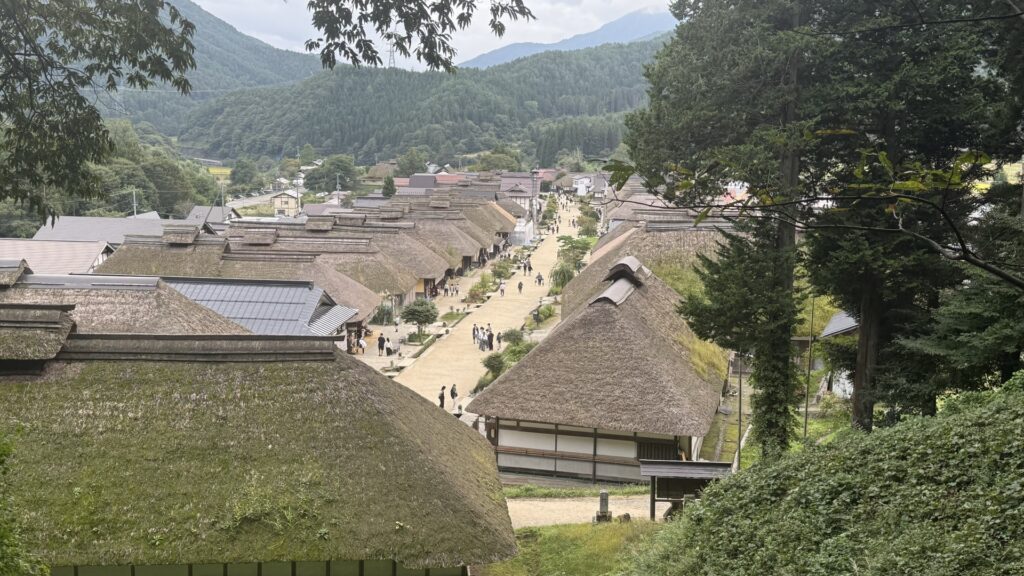
| Year | Event | Significance |
| 1600 | Battle of Sekigahara | Tokugawa Ieyasu defeats rivals, paving the way for shogunate rule. |
| 1603 | Tokugawa shogunate established | Centralized feudal rule begins, peace and order restored. |
| 1635 | Sakoku (Isolation Policy) enforced | Japan closes most of its borders to foreigners, limits trade to Nagasaki. |
| 1637-38 | Shimabara Rebellion | Christian peasants revolt; rebellion suppressed, Christianity banned. |
| 1707 | Mt. Fuji erupts | Symbolic disruption during relative calm; economic effects felt locally. |
| 1787-93 | Kansei Reforms | Economic and moral reforms initiated by Matsudaira Sadanobu under Tokugawa Ienari. |
| 1853 | Commodore Perry arrives | U.S. forces Japan to open trade; end of isolation begins. |
| 1867 | Tokugawa Yoshinobu resigns | The last shogun steps down, signaling end of shogunate rule. |
| 1868 | Meiji Restoration | Emperor restored to power; start of modern Japan. |
What Led to the Start of the Edo Period?
The Edo period began in the aftermath of the Sengoku (Warring States) period, a time of extreme civil war and political fragmentation in Japan. Following over a century of conflict among regional warlords (daimyo), Tokugawa Ieyasu emerged as the most powerful figure after winning the decisive Battle of Sekigahara in 1600. In 1603, he was granted the title of shogun by the emperor, establishing the Tokugawa shogunate. This marked a shift from constant warfare to centralized rule. The new regime focused on eliminating threats to peace, reinforcing class structures, and consolidating power. The Tokugawa clan implemented a strategy of control through the sankin-kotai (alternate attendance) system, strict regulation of the daimyo, and the suppression of Christianity, which was viewed as a destabilizing foreign influence. These measures laid the groundwork for an era of stability and isolation that would last over two and a half centuries.
What Caused the End of the Edo Period?
The Edo period ended due to a combination of internal and external pressures. Domestically, the rigid class system had begun to strain society. Merchants grew wealthy yet remained at the bottom of the social order, while many samurai, reliant on fixed stipends, faced financial hardship. Rural unrest and peasant uprisings became more common due to taxation and poor harvests. Externally, Western powers, particularly the United States, sought to end Japan’s isolation. In 1853, Commodore Matthew Perry arrived with a fleet of “Black Ships,” demanding that Japan open its ports. Faced with superior Western technology and growing unrest, the Tokugawa regime weakened. Tokugawa Yoshinobu, the last shogun, relinquished power in 1867. The Meiji Restoration in 1868 officially ended the shogunate, restoring imperial rule and initiating rapid modernization.
Who ended the Edo period? It was Tokugawa Yoshinobu who formally resigned and returned power to the emperor, effectively ending the Edo period.
Life During the Edo Period

Daily life in the Edo period was structured around a rigid social hierarchy: samurai, farmers, artisans, and merchants. This system, known as shi-no-ko-sho, ensured societal stability but limited upward mobility. Samurai served as bureaucrats and enforcers, while farmers were highly valued for producing food, though heavily taxed. Artisans provided essential goods, and merchants, though often wealthy, were considered the lowest class due to Confucian ideals.
Urban centers like Edo, Kyoto, and Osaka grew rapidly, with Edo becoming one of the largest cities in the world. Life expectancy ranged from 30 to 40 years, limited by poor medical knowledge and recurring famines or epidemics. Families were patriarchal, and women, especially in rural areas, played key roles in both household and agricultural duties.
Common foods included rice, miso soup, pickled vegetables, and seasonal fish. Food culture flourished, especially in cities, where street food and specialty restaurants appeared.
Social Class Hierarchy Diagram:
- Samurai (warriors, administrators)
- Farmers (food producers)
- Artisans (craftsmen)
- Merchants (traders and financiers)
Edo Period Culture: Arts, Entertainment, and Innovation
Despite its isolation, the Edo period witnessed a vibrant cultural renaissance. Art forms like ukiyo-e (woodblock prints) depicted everyday life, landscapes, and kabuki actors. Kabuki theatre emerged as a popular form of entertainment, combining drama, music, and elaborate costumes. Literature flourished with writers like Matsuo Basho, who elevated haiku poetry, and Ihara Saikaku, who captured the lives of merchants and townspeople in prose.
Craftsmanship reached new heights in areas such as pottery, lacquerware, and textiles. Isolation allowed Japan to refine traditional arts without heavy foreign influence, resulting in a distinct cultural identity. The era also saw early scientific curiosity known as Rangaku (Dutch Learning), which introduced Western medical and technological ideas through limited contact with the Dutch in Nagasaki.
Key Figures of the Edo Period
- Tokugawa Ieyasu (1543–1616): Founder of the Tokugawa shogunate. His policies ensured peace and control.
- Tokugawa Yoshimune (1684–1751): The eighth shogun, known for the Kansei Reforms and efforts to stabilize the economy.
- Matsuo Basho (1644–1694): Haiku poet who elevated the art form with themes of nature and simplicity.
- Ihara Saikaku (1642–1693): Author known for witty, satirical stories about merchants and the pleasure quarters.
- Katsushika Hokusai (1760–1849): Renowned ukiyo-e artist, best known for “The Great Wave off Kanagawa.”
- Sugita Genpaku (1733–1817): Physician who helped introduce Western anatomy and medicine to Japan via Dutch texts.
Edo’s Legacy and Its Impact on Modern Japan
The Edo period laid the groundwork for modern Japan in multiple ways. Its stable governance allowed cities to flourish, infrastructure to expand, and education to spread, especially among the merchant class. Many institutions, such as road systems and postal services, trace their roots to this era. Edo itself became the foundation of modern Tokyo, both geographically and administratively. The social order and cultural practices shaped Japanese identity and values that persist today. Furthermore, the rich legacy of literature, art, and urban life developed in this period continues to influence global perceptions of Japan.
FAQs About the Edo Period
When did the Edo period start and end? 1603 to 1868.
Who ruled Japan during the Edo period? The Tokugawa shoguns ruled as military leaders while the emperor remained a symbolic figure.
What is the Edo period known for? It is known for peace, isolationist policies, cultural blossoming, and strict social order.
Why did the Edo period end? Economic decline, social unrest, and pressure from Western powers led to the fall of the shogunate and restoration of imperial rule.
Summary: The Legacy of the Edo Period
The Edo period (1603–1868) was one of the longest and most stable eras in Japanese history. It was defined by peace under Tokugawa rule, a rigid social structure, economic development, and rich cultural innovation. Despite its isolation, the period gave rise to globally admired art, literature, and urban planning. The Meiji Restoration that followed did not erase Edo’s legacy but rather built upon it, shaping the foundation of modern Japan. Its enduring influence remains evident in the country’s traditions, cities, and global cultural footprint.





